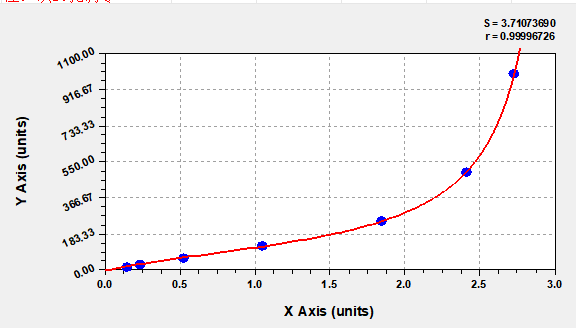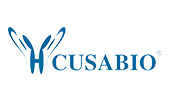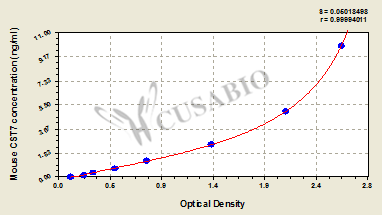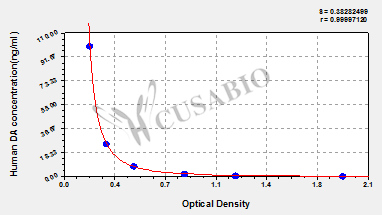- An assay plate --- The 96-well plate is composed of 12 x 8 strip plates and can be taken apart.
- Two bottles of lyophilized standard --- Reconstitute one bottle of standard with sample diluent at dilution series and draw the standard curve.
- Biotin-labeled TNF-α antibody (100 x concentrate) 1 x 120 μl --- Act as the detection antibody and need to be diluted before use.
- HRP-avidin (100 x concentrate) 1 x 120 μl --- Catalyze the TMB substrate for color development and need to be diluted before use.
- Biotin-antibody Diluent 1 x 15 ml --- Dilute the Biotin-antibody.
- HRP-avidin Diluent 1 x 15 ml --- Dilute the HRP-avidin.
- Sample Diluent 1 x 50 ml --- Reconstitute the standard and dilute the sample to an appropriate concentration.
- Wash Buffer (25 x concentrate) 1 x 20 ml --- Wash away unbound solution and non-specific substances.
- TMB Substrate 1 x 10 ml --- Act as the chromogenic agent. TMB interacts with HRP, eliciting the solution turns blue.
- Stop Solution 1 x 10 ml --- Add stop solution and stop the color development. The solution color immediately turns from blue to yellow.
- Four Adhesive Strips (For 96 wells) --- Seal the microtiter plate when incubation.
- An instruction manual
显示更多
收起更多




























